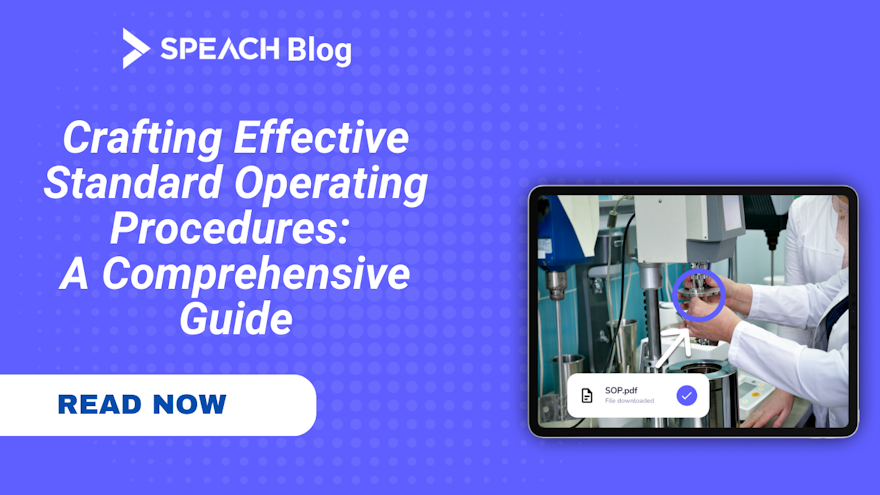Standard Operating Procedures (SOPs) are the lifeline of businesses looking to streamline their operations, ensure consistency, and maintain quality standards. An SOP provides a detailed, step-by-step guide to executing a task or process, making it an essential tool in any organization’s toolkit. Here’s a comprehensive guide on how to write an SOP that is clear, effective, and easy to follow.
What is an SOP and Why is it Important?
An SOP, or Standard Operating Procedure, is a document that outlines the steps needed to complete specific tasks or processes within an organization. It serves as a guide to ensure that operations are performed consistently and efficiently, reducing the margin for error and ensuring compliance with industry standards.
Step-by-Step Guide to Writing an SOP
Step 1: Define the Purpose
- Clarity is Key: Start by clearly defining the objective of the SOP. What process or task does it cover? What are you aiming to achieve with this SOP? This sets the foundation for the entire document.
Step 2: Gather Information
- Involve the Right People: Consult with employees who regularly perform the task. Their hands-on experience is invaluable in creating a practical and efficient SOP.
- Review Existing Material: If there are existing procedures, review them as a starting point. Identify gaps and areas for improvement.
Step 3: Choose a Format
- Find the Right Structure: Depending on the complexity of the task, choose a format such as a simple step-by-step list, hierarchical steps, or a flowchart. The format should enhance clarity and ease of understanding.
Step 4: Start Writing
- Drafting the Document: Begin with a title that reflects the content of the SOP. Write an introduction that explains the purpose, followed by a section on scope and applicability. Clearly outline roles and responsibilities.
Step 5: Detail the Procedure
- Break Down the Steps: Write down each step in the process in the order they need to be performed. Be precise and avoid ambiguity. Add all necessary details like safety measures, tools required, and tips for best practices.
Step 6: Add Visual Elements
- Enhance with Visuals: For complex procedures, include diagrams, photos, or flowcharts. Visuals can significantly aid in understanding and retention of the steps.
Step 7: Review and Test the SOP
- Feedback and Testing: Have the SOP reviewed by different stakeholders for clarity and completeness. If possible, conduct a test run of the procedure to ensure it works as intended.
Step 8: Finalize and Distribute
- Incorporate Feedback: Revise the SOP based on feedback and testing. Obtain final approval from the required authority in your organization and distribute the SOP to all relevant personnel.
Step 9: Train Employees
- Effective Training: Ensure that all relevant staff are trained on the new SOP. Make the SOP accessible, both physically and digitally, so employees can refer to it as needed.
Step 10: Regular Review and Update
- Keep it Current: Regularly review and update the SOP to ensure it remains effective and relevant. Adjust the SOP to reflect any changes in processes or regulations.
Additional Tips for Writing an SOP
- Simplicity and Clarity: Use straightforward language. The SOP should be easy to understand for anyone who reads it.
- Consistency: Maintain a consistent format and level of detail throughout the document.
- Know Your Audience: Tailor the SOP to the knowledge level and expertise of the employees who will use it.
- Document Control: Keep a record of revisions and updates for tracking and future reference.
Conclusion
A well-written SOP is a powerful tool for any organization, ensuring that tasks are performed efficiently, safely, and consistently. By following these steps, you can create SOPs that not only meet the operational needs of your organization but also enhance employee performance and compliance. Embrace the power of clear documentation and witness the transformation in your organizational processes.





